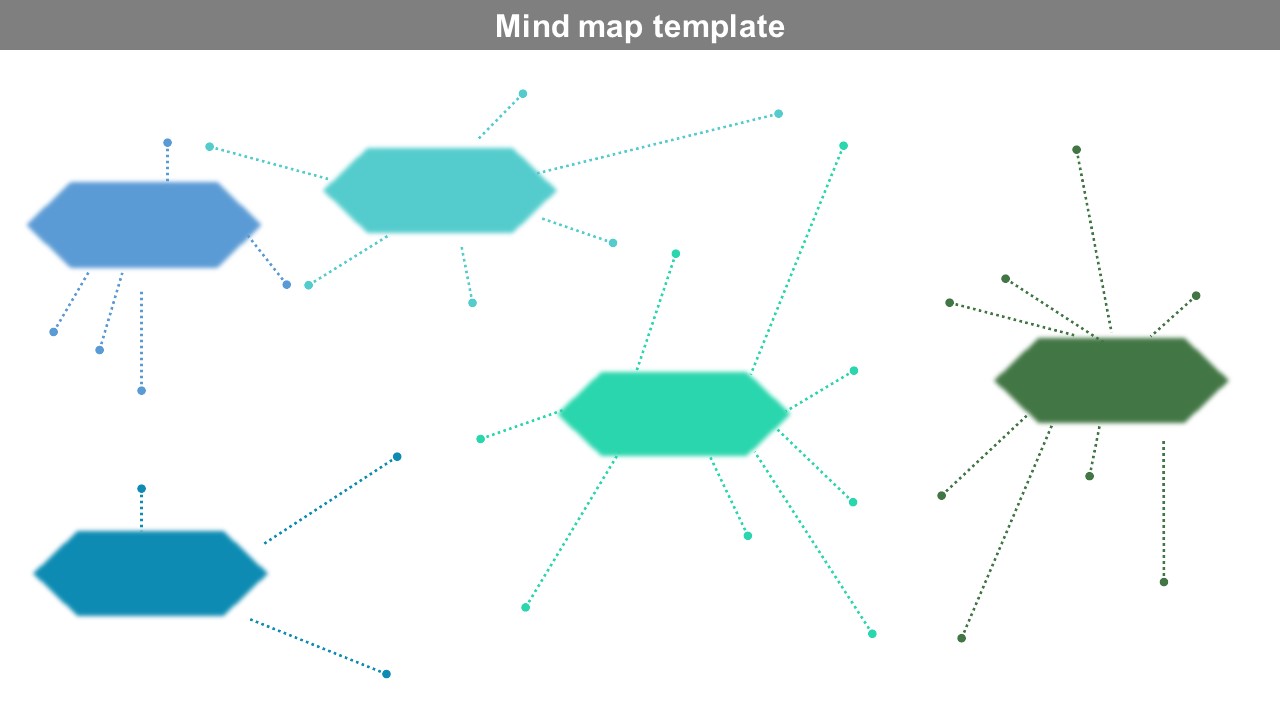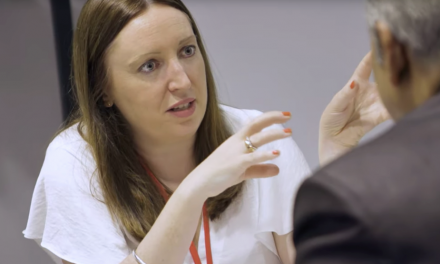Ursula Clarke, Patient Safety Lead, KSS PSC/AHSN, describes how a “Rapid Insights and Learning” approach is helping health and care system colleagues to reflect on work done as part of the pandemic response and why it’s such a valuable tool for quality improvement work.
Ursula led the COVID oximetry @home/virtual ward work in Kent, Surrey and Sussex, and it was in this context that she first experienced the rapid insights and learning model…
“The three PSCs covering south east England – us, Oxford and Wessex – worked together with partners right across the health and care system to implement COVID oximetry@home and virtual wards, with the aim of enabling patients with COVID to remain in their own home while being monitored to ensure their safety. In just five months, as a system we managed to achieve coverage for the whole south east region.
Once that had been achieved, we were keen to hear from people involved in the work and review the process as well as we could from many different angles. We had all been working in new ways, at pace and across a large geography, so there was a lot of insight and experience to capture.
Improving processes
My first experience of the ‘Rapid Insights and Learning’ model was at an event led by Wessex AHSN. Colleagues from across the health and care system in the south east were invited to a rapid insights workshop to share learning and experiences from the remote monitoring deployment with the aim of improving our processes for similar work in the future.
At the online workshop, delegates were given an introduction to the session and then invited to respond to a set number of questions. Examples from the workshop include:
• Thinking about when you were asked to set up the CO@h and CVW services, from your perspective What Went Well?
• Thinking about when you were asked to set up the CO@h and CVW services, from your perspective what could have been ‘Even Better If’?
• What support do you need to enable the sustainability of these services over the next year?
Developing the “mind map”
It’s a really interesting process. Each question is introduced by the facilitator, delegates are given time to reflect for five minutes and then everyone is invited to post their responses using the chat function. As they do so, two nominated observers read what’s coming through and then provide a quick overview of what’s been said.
After the workshop, the material is organised into a “mind map” for each question, which includes the exact responses from delegates grouped into themes. Once created, the mind maps can be shared with delegates and become the basis for next steps action planning.
Working with Kent and Medway colleagues
Simon Dunn, a GP and Governing Body Member for Canterbury & Coastal and Kent & Medway CCGs, took part in the regional workshop and was as impressed as I was. He asked me if I could run a similar session for colleagues in Kent and Medway to understand even more about remote monitoring implementation and sustainability in their patch. I then went ahead and held a successful similar event in Kent and Medway on the 31st March 2021 with 18 delegates.
This is the sort of area where AHSNs can really provide a great service for clinicians and care providers, enabling them to work through processes and challenges to develop understanding which will deliver quality improvements.
Why am I recommending it?
There’s several aspects to the rapid insights model which I really like.
It’s very non-hierarchical. Everyone – whether you’re a receptionist or a service director, a senior clinician or a junior project manager – gets the same opportunity to respond. Because all delegates respond at the same time, after the five minutes of reflection, there’s no sense of having to wait for the more senior staff to speak first or to be influenced by other comments.
It’s very adaptable. It probably works best online though we can adapt and see it also being used at face to face meetings as they start to return.
Delegate feedback has been overwhelmingly positive. The simplicity of it is brilliant – it’s very easy for participants to give their thoughts. It’s also very effective use of time: busy colleagues only need to find an hour of time for the session.
The rapid insights model is also very easy to replicate. I did it once and felt it was intuitive to replicate for another group.
That said, I’d like to share a few tips from what I’ve learnt as an observer and as a facilitator. As facilitator, you need to be careful how you phrase your questions and it’s essential to work with a small task group in advance of the meeting to get them right. For instance, what are the four key questions that will draw out information about what went well, what could have been better and what needs to be done in future? You also need to allow time after the event to create the mind maps from all the material created by participants.
I think the model will work best where the aim is to be “narrow and deep” – getting into individual experience and detail of a process rather than looking at a very broad topic where discussion might be more useful as it’s not a two-way conversation in that sense.
Can we help you with this approach?
If you’d like to find out more about the rapid insight approach or you’d like to discuss us running a workshop on this basis, please get in touch with me
Ursula Clarke, Patient Safety Lead, KSS PSC
April 2021





